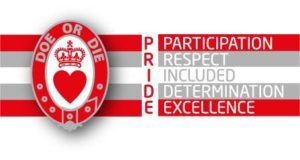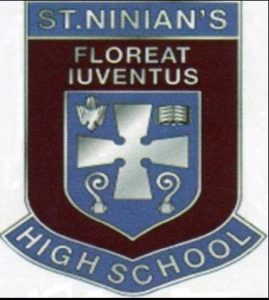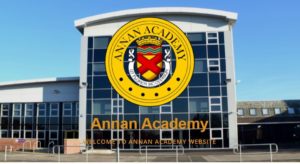An amazing opportunity for any school interested in scientific inquiry. Any schools wanting to find out more about this funding opportunity please see here: Partnership Grants | Royal Society
School research already planned 2021 to 2024
Can planting for bees positively affect their nutrition and health?
Students will
1.Collect reference material (pollen) from local plants and develop a permanent reference collection of pollen slides.2. Extract and analyse pollen from honey samples taken from the Annan Academy colonies to identify forage sources over the course of the study. We will do this before, during and after we have distributed plants and seeds to the local community so we can compare results.
3. Observe of health indicators within the hive (seams of bees, brood, honey production and Nosema levels) over the course of the study and record any changes.
4. We will measure the amount and proximity of new flowers planted to apiary sites, mapping forage
availability and forage sites identified through pollen collected.
5. We will use statistical techniques to test for correlations.
STEM partner
Mrs Fiona Highet MBE Senior Entomologist SASA
Fiona leads a team of entomologists providing diagnostics and advice to government policy, inspectorate, agriculture & beekeepers. They carry out applied research to improve advice on bee health. Fiona provides lectures and workshops to improve the understanding and reporting of bee diseases as part of the Scottish Honeybee improvement partnership. Fiona’s team first identified Nosema ceranae as a new pathogen in Scottish bees in 2010, leading to a citizen science project
to investigate the spread of Nosema ceranae in Scotland. Fiona was awarded an MBE for services to bee health in 2018

Kelso High School & can bee-metrics be used to predict colony health?
Students will
1. Systematically compare two different queen rearing methods to determine which method will be used for the project. To help create a controlled experiment, sister queens of the same genetic lineage will be produced to select queens that are as closely related as possible to reduce genetic variability. Queen rearing has been practiced for centuries and different methods have developed. In this preliminary work a comparison will be made between the Nicot method and grafting. The most appropriate method will be determined by the number of queens produced in addition to practicalities intrinsic to each method.
2. Investigate if physical metrics of bees can be used as good indicators of colony health. Physical measurements of samples of bee-anatomy will be recorded from each hive. These data will be compared with more conventional methods of determining colony healthy. These include observation of health indicators at the hive entrance and inside the hive in addition to live data-sensor collection of hive mass over time. This will provide valuable information about nectar flows, pollen being collected and health of the colony. Using statistical techniques, we will look for correlations across collected data.
STEM partner
Dr Tim Regan, The Roslin Institute, Edinburgh University is currently is involved in applying genome editing, screening assays and metagenomics to better understand host immunity and disease susceptibility/resistance in humans, bees and various terrestrial livestock species. Tim’s interest in bees was fostered at an early age and several members of his family in Ireland are active beekeepers. In 2016, Tim helped Dr. Mark Barnett and Prof. Tom Freeman in establishing the first Roslin Institute campus apiary. Since then, he has been involved each year in several public outreach events and school workshops organised through the Roslin Institute Public Engagement (RIPE) team involving honey bees and/or molecular biology.

Does cell size, worker bee size and microbiome differ between bees kept on foundation less and foundation-based frames?
Students will
1. Two hives will be set up with the same arrangement of frames in the Brood Chamber. The Brood Chamber will have new alternate frames , a frame containing foundation comb and a frame of natural comb frame next to it throughout the box. Once the new frames have been drawn up from the foundation comb and the natural comb, the cells will be extracted and their dimensions measured.
2. The newly emerged bees from each type of comb will be collected and used for anatomical measurements. The gut bacteria of bees in colonies living on natural comb and comb produced on wax foundation will be compared by DNA metabarcoding.
STEM partner
Dr. Mark Barnett is a post-doctoral researcher from The Roslin Intsitute. Mark leads the development of a research apiary at The Roslin Institute. A facility that is used to support honeybee research and learning on campus and beyond. He runs beekeeping courses on campus that equip people with all they need to know to help in the apiary. The apiary also helps to promote sustainability by enhancing pollination on campus. Mark was recently involved with a project entitled “Mapping Honeybee Disease in Scotland” and the lead for the Scottish Beekeepers Citizen Science Group. Mark is currently a researcher on a BBSRC Citizen Science Exploration project on the antimicrobial properties of Scottish Honey (2019 to 2021)


